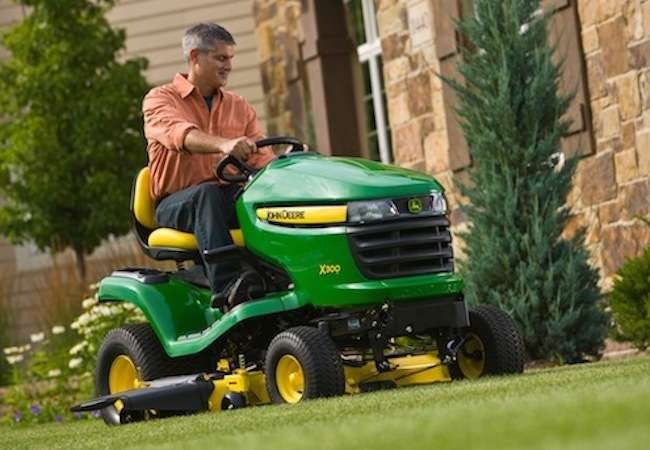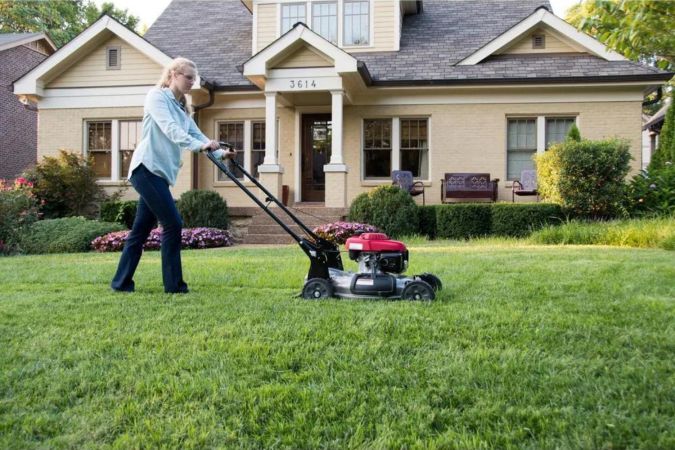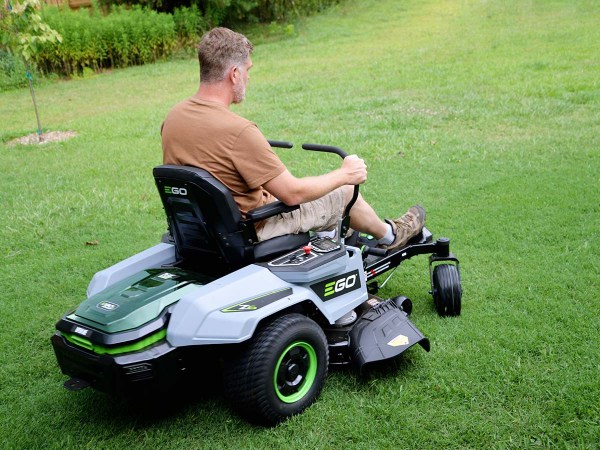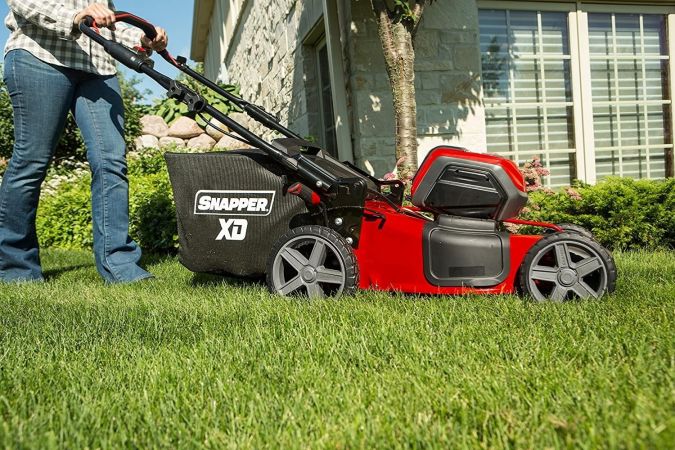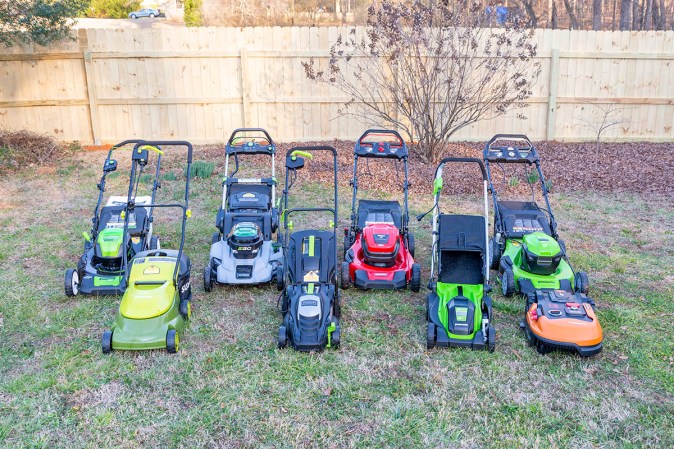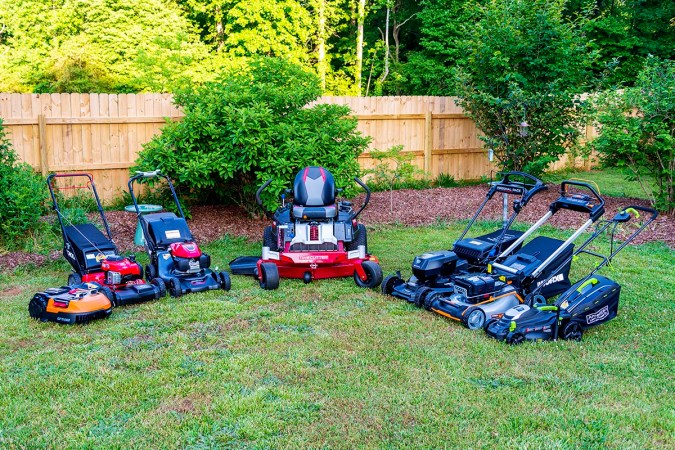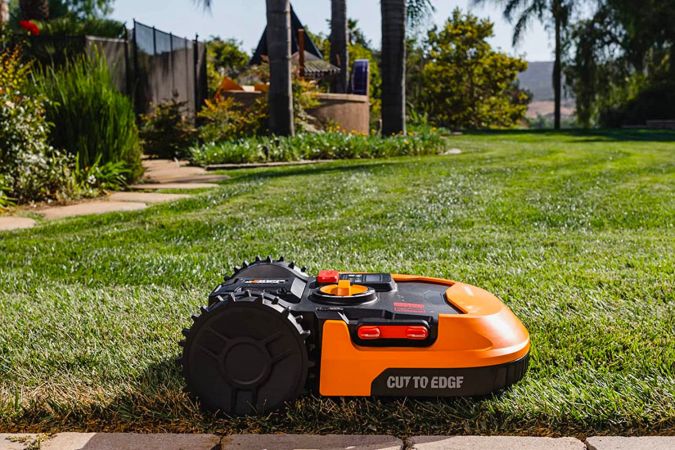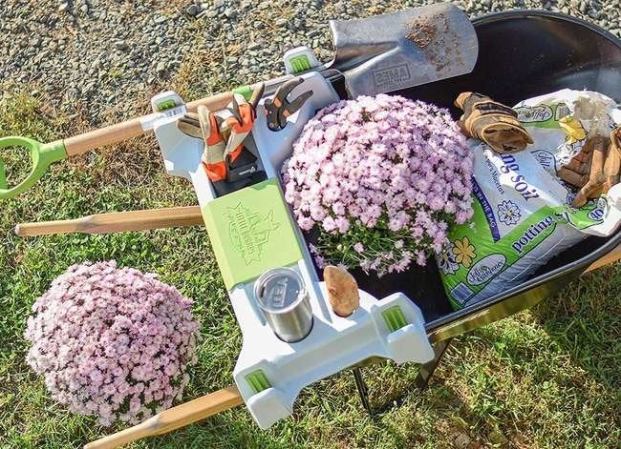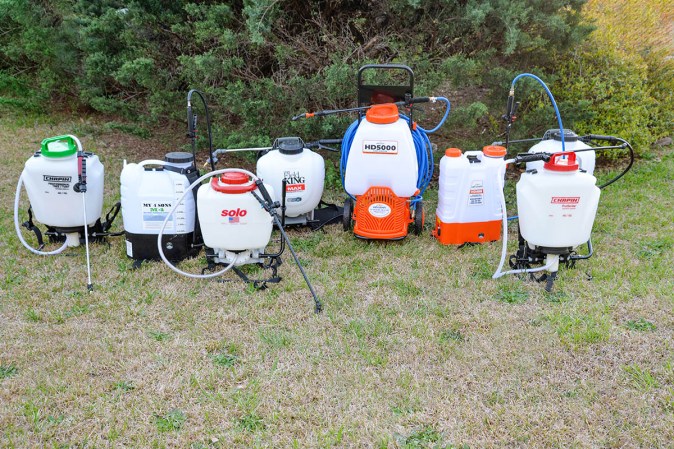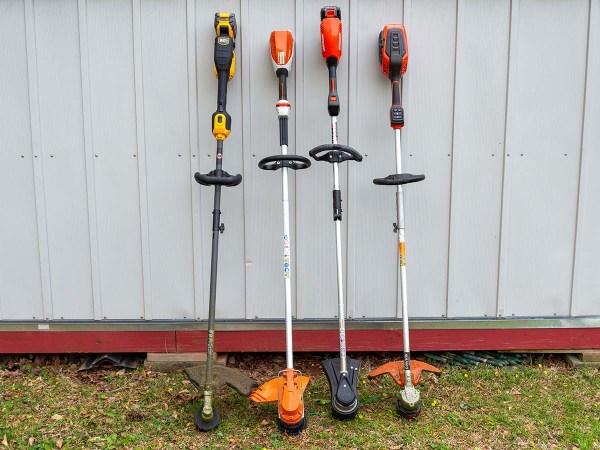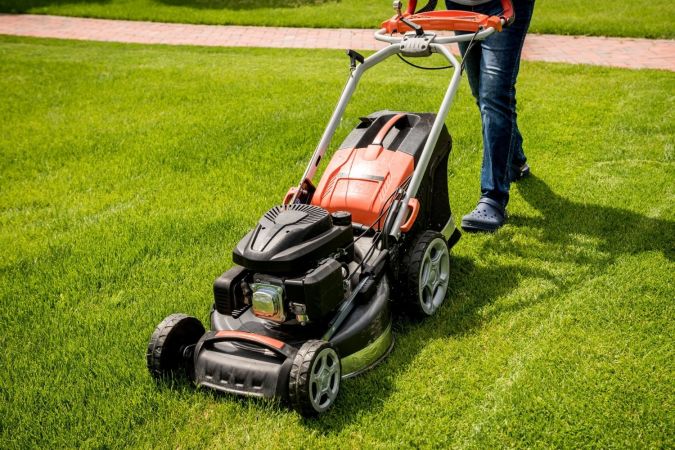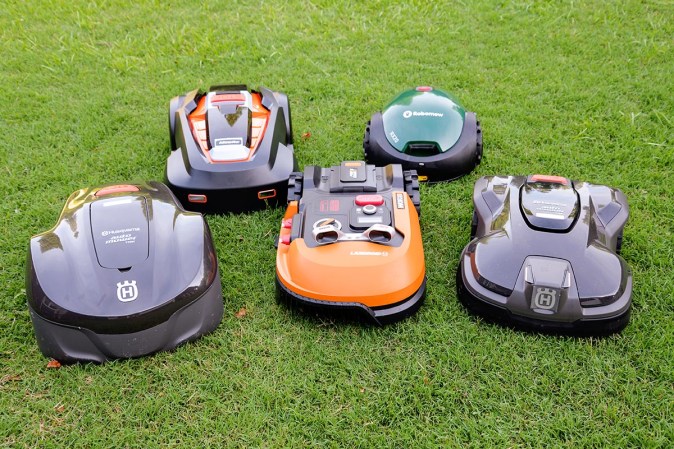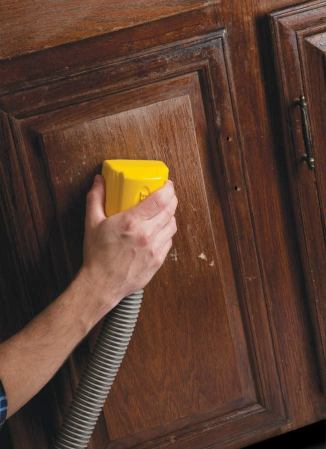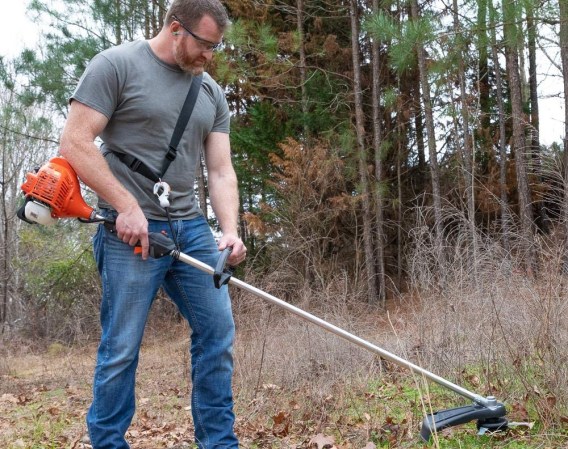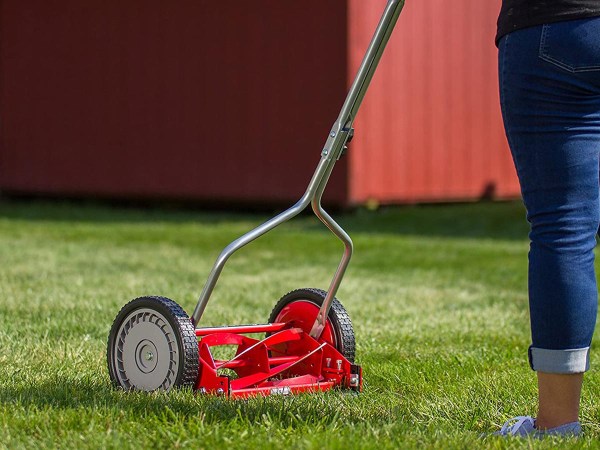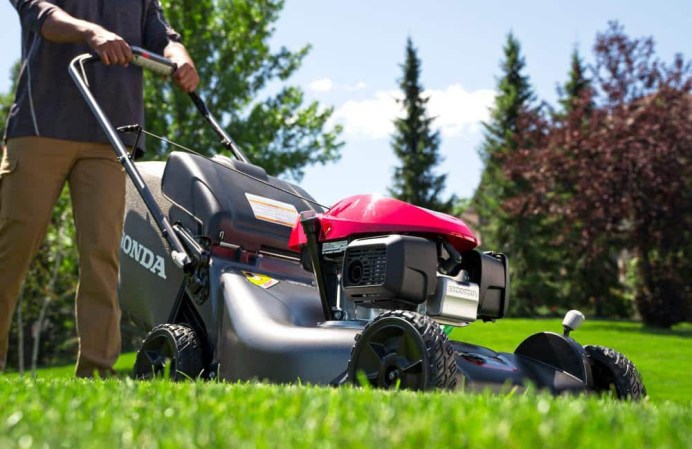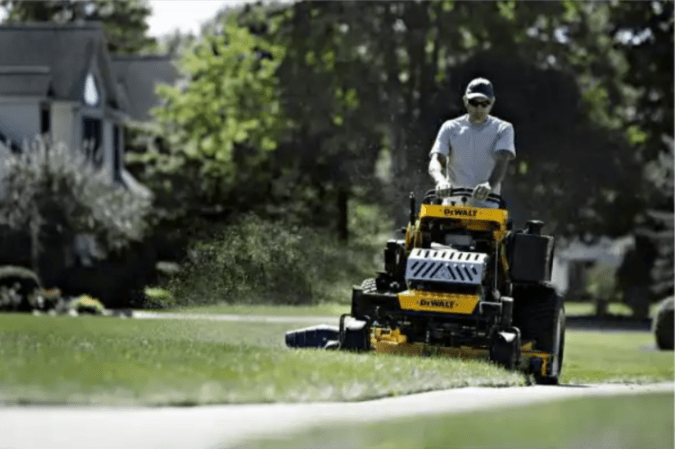We may earn revenue from the products available on this page and participate in affiliate programs. Learn More ›
Choose the Right Mower for Your Needs
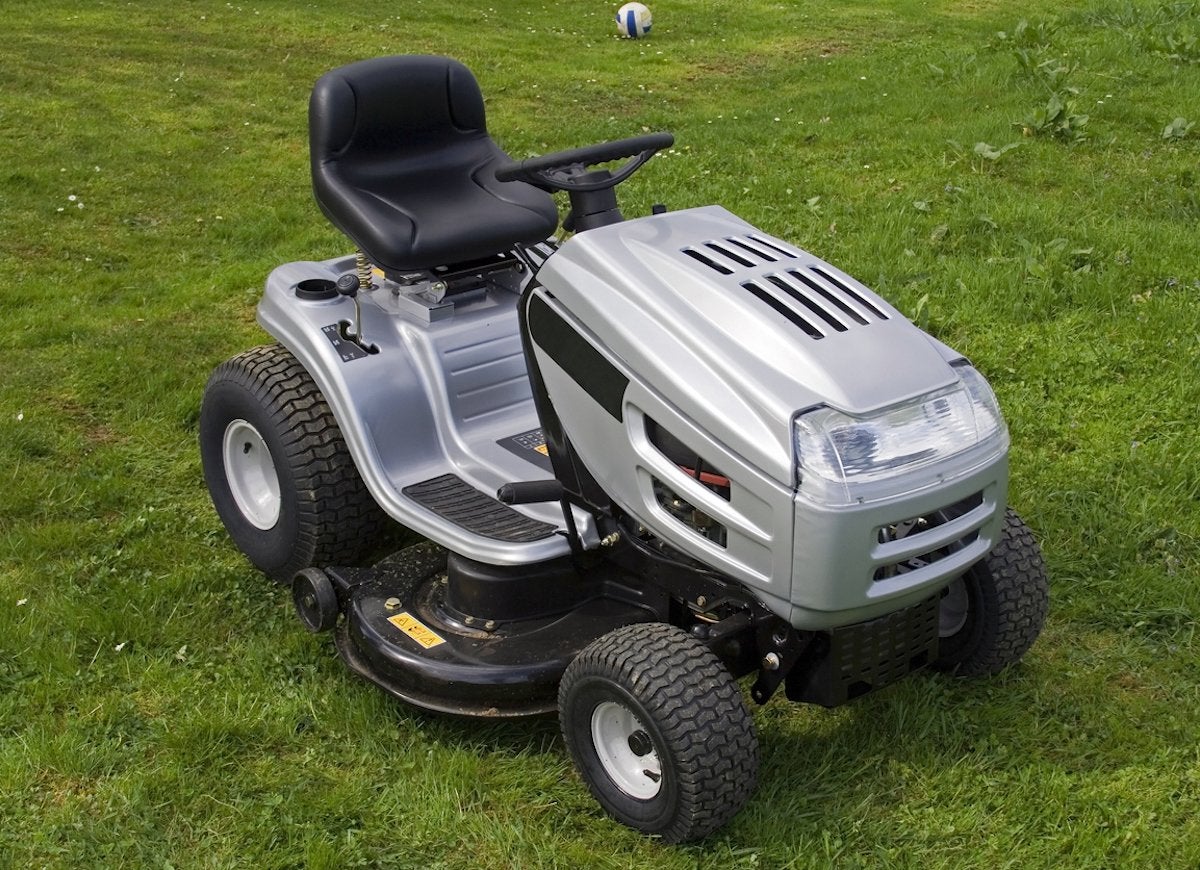
The type of mower you buy should be tailored to your needs. Take note of the size of your lawn, the terrain, and the quality of your grass. Make sure the mower is comfortable to handle, whether you use it sitting down or standing up. And before you buy, be certain to consider the store’s return and guarantee policies in case things don’t work out.
Tune It Up

Treat your mower to a pit stop tune-up. Tighten all nuts and bolts and check belts, filters, safety shields, and guards. Replace any damaged or missing parts, including spark plugs. Be sure to check tire tread and pressure as well.
Sharpen the Blades
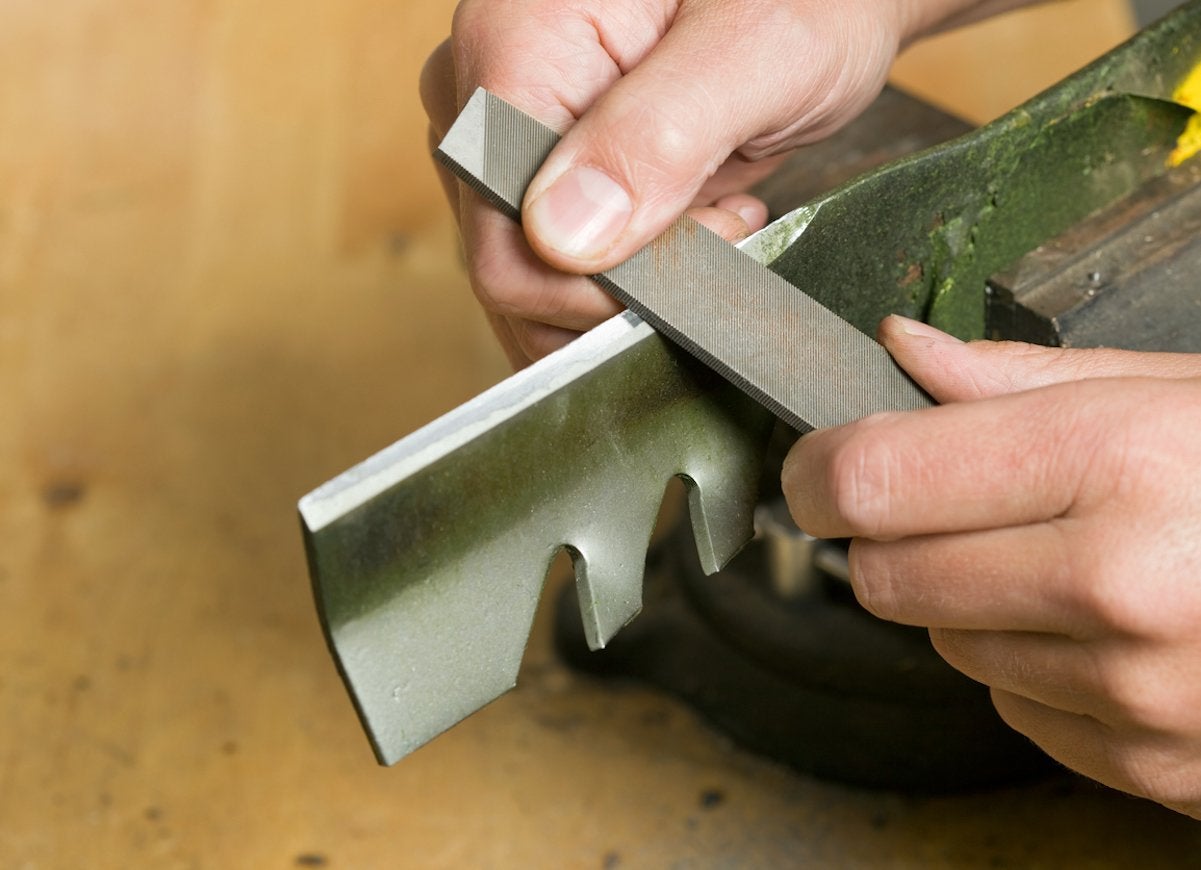
Sharpening your mower’s blade not only gives your grass a precise cut, but it saves on fuel costs because a dull blade eats up more gas. Take your blade to a professional, or sharpen it at home with a hand file. Always check the blade for dullness and corrosion before starting up the engine for the first time in spring.
Invest in a Fuel Stabilizer
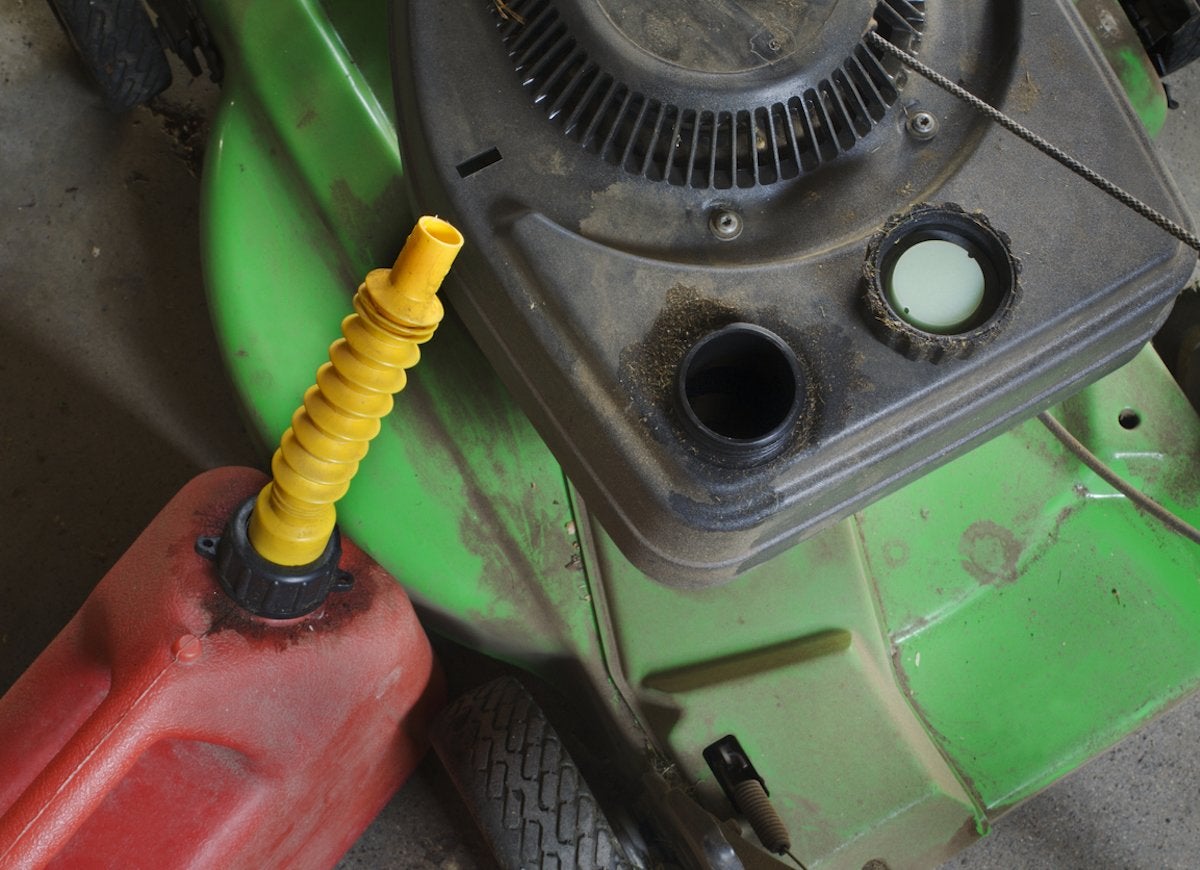
Fuel stabilizers are helpful in preventing fuel separation, which can lead to corrosion. You should run the engine for five minutes after adding the stabilizer, but check your owner’s manual and the stabilizer packaging for instructions specific to your situation.
Safety First
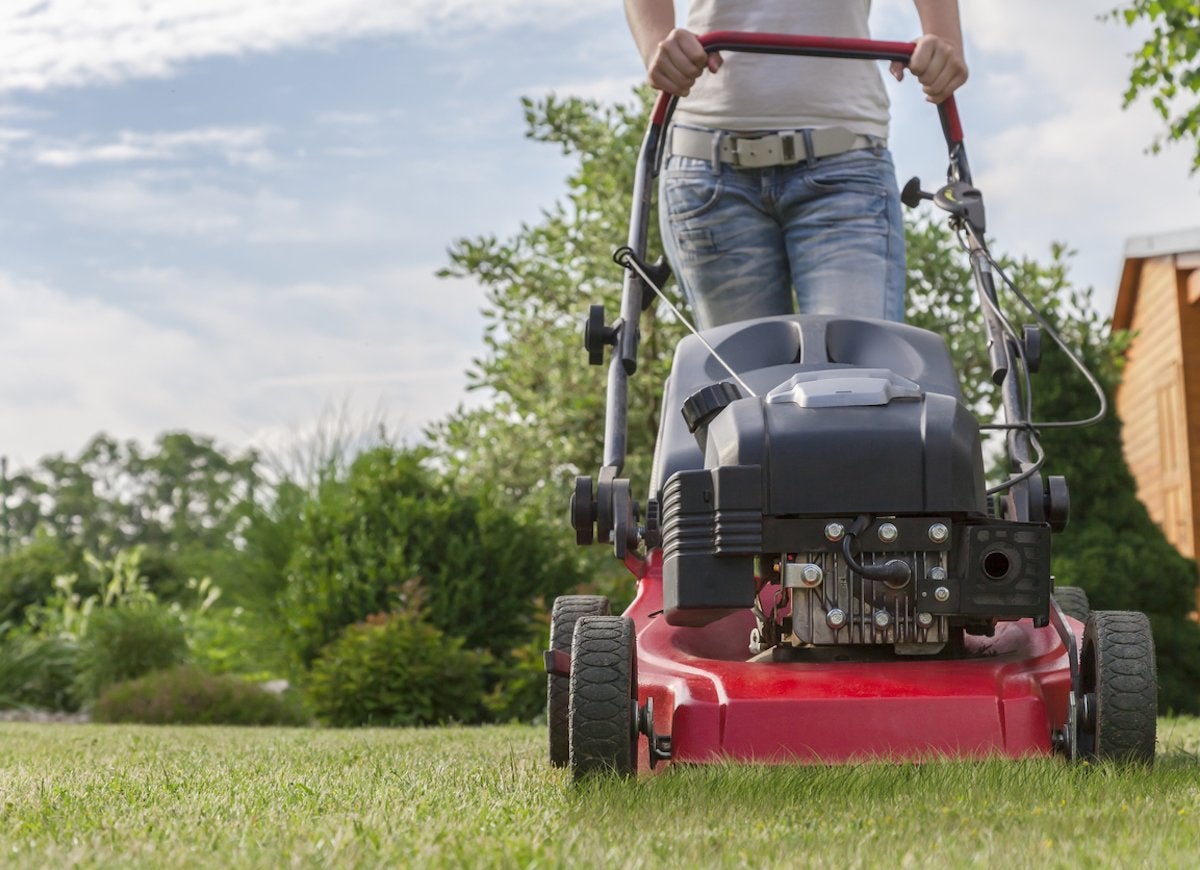
Carefully inspect the safety features of your mower. Take note of whether or not your mower automatically shuts down when you release the push bar or leave the seat. In the case of riding mowers, be attentive to the location of your foot controls, keep both hands on the wheel, and always remember to use the parking brake!
Check the Deck
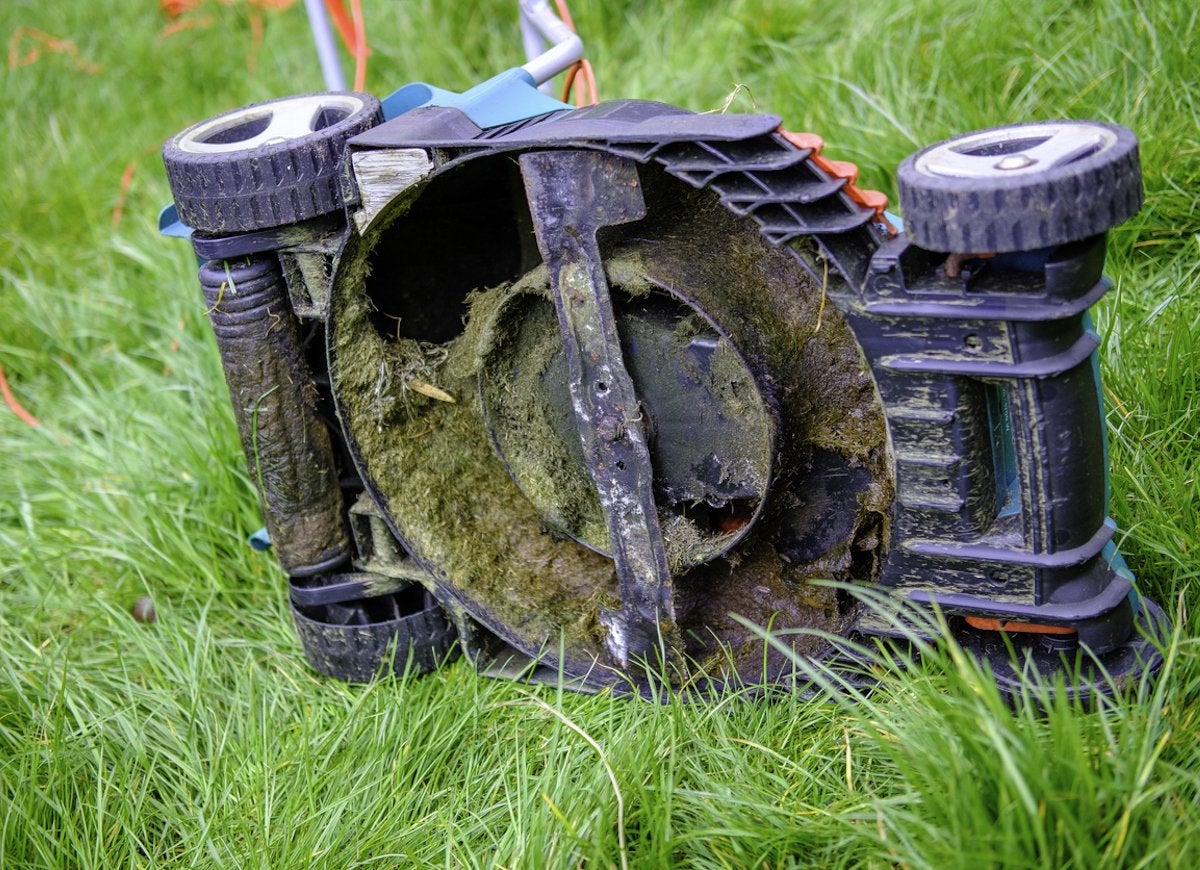
Check for grass clippings under the deck before and after mowing. Any debris can clog your mower’s airflow and reduce effectiveness. Dirty decks also cause rust and corrosion during winter storage, so be sure to clean your mower by turning it on its side and spraying the undercarriage with a hose.
Mow Safely, and Mow Often
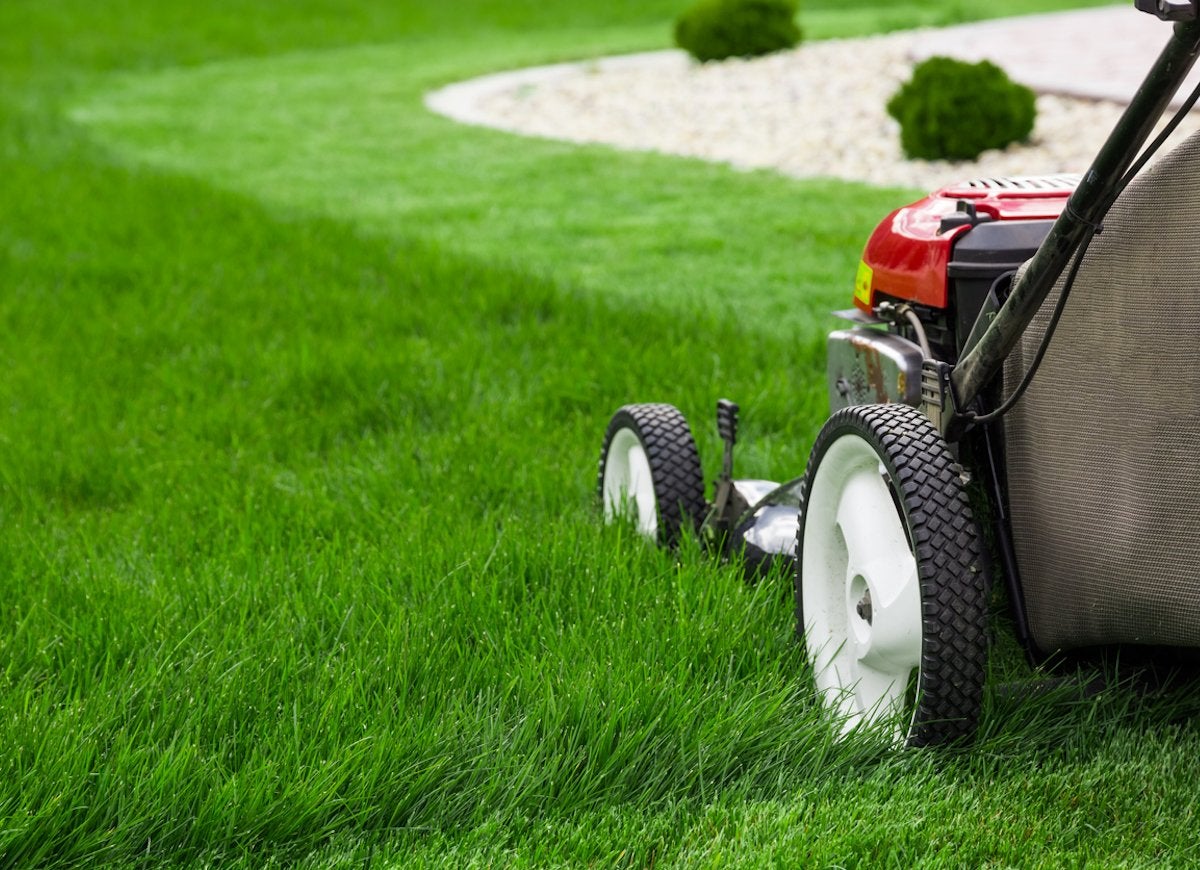
Now that you have the perfect mower, make it count. Mowing your lawn regularly (every four to five days during growing season) can prolong your mower’s life by not subjecting it to the potential hazards of mowing an ill-kempt lawn. Not only will regular mowing help your lawn mower, but it will keep your grass healthier too.
